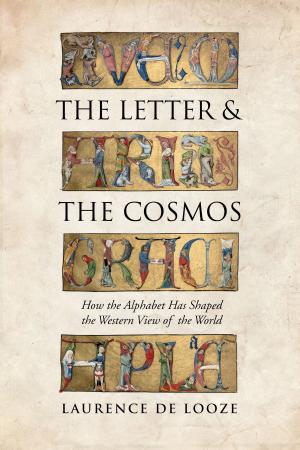Ben Jonson and the Art of Secrecy
Fiction & Literature, Literary Theory & Criticism, Drama History & Criticism, Drama, British & Irish, Nonfiction, Entertainment| Author: | William W. E. Slights | ISBN: | 9781442656093 |
| Publisher: | University of Toronto Press, Scholarly Publishing Division | Publication: | December 15, 1994 |
| Imprint: | Language: | English |
| Author: | William W. E. Slights |
| ISBN: | 9781442656093 |
| Publisher: | University of Toronto Press, Scholarly Publishing Division |
| Publication: | December 15, 1994 |
| Imprint: | |
| Language: | English |
Secrets accomplish their cultural work by distinguishing the knowable from the (at least temporarily) unknowable, those who know from those who don't. Within these distinctions resides an enormous power that Ben Jonson (1572-1637) both deplored and exploited in his art of making plays.
Conspiracies and intrigues are the driving force of Jonson's dramatic universe. Focusing on Sejanus, His Fall; Volpone, or the Fox; Epicoene, or the Silent Woman; The Alchemist; Catiline, His Conspiracy, and Bartholomew Fair, William Slights places Jonson within the context of the secrecy- ridden culture of the court of King James I and provides illuminating readings of his best-known plays.
Slights draws on the sociology of secrecy, the history of censorship, and the theory of hermeneutics to investigate secrecy, intrigue, and conspiracy as aspects of Jonsonian dramatic form, contemporary court/city/church politics, and textual interpretation. He argues that the tension between concealment and revelation in the plays affords a model for the poise that sustained Jonson in the intricately linked worlds of royal court and commercial theatre and that made him a pivotal figure in the cultural history of early modern England.
Equally rejecting the position that Jonson was a renegade subverter of the arcana imperii and that he was a thorough-going court apologist, Slights finds that the playwright redraws the lines between private and public discourse for his own and subsequent ages.
Secrets accomplish their cultural work by distinguishing the knowable from the (at least temporarily) unknowable, those who know from those who don't. Within these distinctions resides an enormous power that Ben Jonson (1572-1637) both deplored and exploited in his art of making plays.
Conspiracies and intrigues are the driving force of Jonson's dramatic universe. Focusing on Sejanus, His Fall; Volpone, or the Fox; Epicoene, or the Silent Woman; The Alchemist; Catiline, His Conspiracy, and Bartholomew Fair, William Slights places Jonson within the context of the secrecy- ridden culture of the court of King James I and provides illuminating readings of his best-known plays.
Slights draws on the sociology of secrecy, the history of censorship, and the theory of hermeneutics to investigate secrecy, intrigue, and conspiracy as aspects of Jonsonian dramatic form, contemporary court/city/church politics, and textual interpretation. He argues that the tension between concealment and revelation in the plays affords a model for the poise that sustained Jonson in the intricately linked worlds of royal court and commercial theatre and that made him a pivotal figure in the cultural history of early modern England.
Equally rejecting the position that Jonson was a renegade subverter of the arcana imperii and that he was a thorough-going court apologist, Slights finds that the playwright redraws the lines between private and public discourse for his own and subsequent ages.















